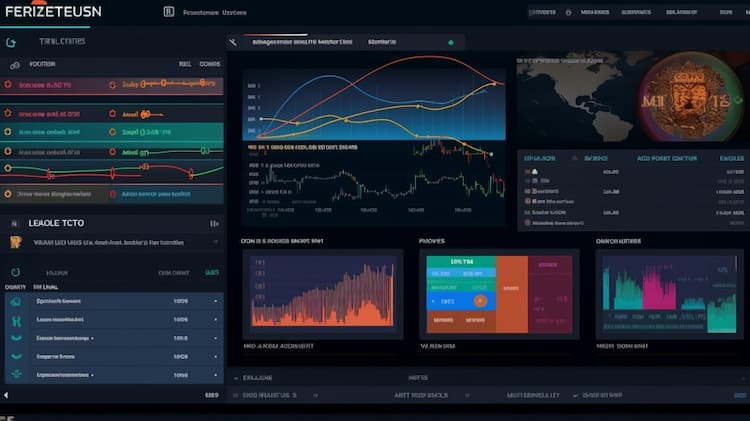
SDS VS TQQQ: A Comprehensive Comparison of ETFs
If you're interested in diving deeper into the world of leveraged ETFs, the battle of SDS vs TQQQ should undoubtedly catch your attention. These financial instruments promise significant gains but also come with inherent risks. Let's explore how each operates and which might be suitable for your investment strategy.
What are Leveraged ETFs?
Before discussing SDS vs TQQQ, it's crucial to understand the concept of leveraged ETFs. These are Exchange Traded Funds that employ financial derivatives and debt to amplify the returns of an underlying index. Leveraged ETFs offer more than a one-to-one ratio, meaning the returns (or losses) are magnified.
Understanding the Issuers: SDS vs TQQQ
SDS Issuer
ProShares is the issuer behind the UltraShort S&P 500 (SDS) ETF. Established in 2006, the firm specializes in providing a range of investment options, including both leveraged and inverse ETFs. SDS is designed to provide twice the inverse daily performance of the S&P 500 index.
TQQQ Issuer
The ProShares UltraPro QQQ (TQQQ) is also issued by ProShares. However, TQQQ aims to provide three times the daily performance of the NASDAQ-100 index. Given its higher leverage factor, TQQQ carries more risk and potential for reward compared to SDS.
 SDS overlap SDS VS TQQQ: A Comprehensive Comparison of ETFs
SDS overlap SDS VS TQQQ: A Comprehensive Comparison of ETFs
Key Features of SDS
When talking about SDS vs TQQQ, understanding the unique features of each can help you make an informed decision. SDS primarily aims for a return that is -2x the daily performance of the S&P 500. It's generally used as a hedging instrument during bear markets or as a speculative vehicle.
Key Features of TQQQ
TQQQ is designed for aggressive traders seeking outsized returns. With a 3x daily leverage on the NASDAQ-100 index, it attracts those willing to take on more significant risks for the possibility of higher rewards. However, this also makes it more susceptible to market volatility.
Risks Involved in SDS vs TQQQ
Both SDS and TQQQ are not for the faint-hearted. Given their leveraged nature, they amplify both gains and losses, making them volatile instruments. In bear markets, SDS could provide substantial returns, but if the market trends upwards, the losses could be severe. Similarly, TQQQ can yield impressive gains in a bull market but can decimate a portfolio during downturns.
Performance Comparison: SDS vs TQQQ
Historical performance can offer some insight into how SDS and TQQQ might fare under certain market conditions. While past performance is not a guaranteed indicator of future results, it does provide a baseline for comparison. Generally, TQQQ has outperformed SDS in bullish markets, while SDS has had the upper hand during bearish phases.
Who Should Consider Investing in SDS vs TQQQ?
Investors who are risk-averse might want to steer clear of both these leveraged ETFs. However, for those willing to take calculated risks, understanding your market outlook is critical. If you expect a bearish market, SDS might be the right pick, while a bullish market outlook could make TQQQ more appealing.
Conclusion: Navigating the Complex World of SDS vs TQQQ
In the financial landscape of leveraged ETFs, SDS vs TQQQ presents an intriguing battle. Both come with their set of pros and cons, which need to be carefully weighed before making an investment. Your risk tolerance and market outlook will ultimately determine which of these ETFs aligns best with your financial goals.
Remember, leveraged ETFs like SDS and TQQQ are complex instruments that should be approached with caution. Always consult a financial advisor to ensure that you are making informed decisions that align with your investment strategy.
SDS ETF issuer
SDS ETF official page









